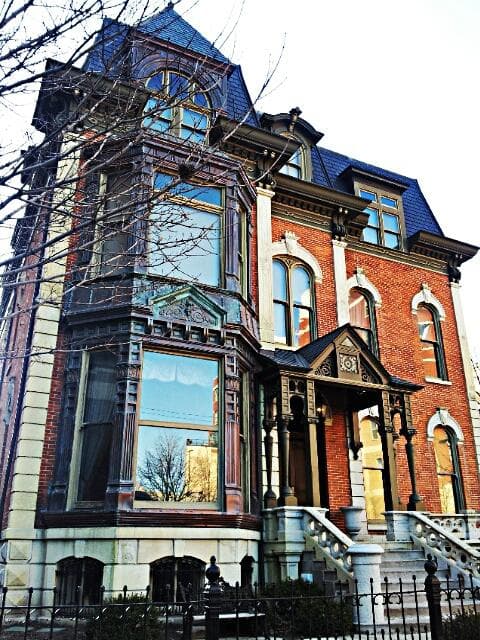
Prairie Avenue Historic District
Chicago's historic 'Millionaires' Row,' showcasing opulent Gilded Age mansions and a glimpse into the city's elite past.

Highlights
Must-see attractions

Social
From TikTok & Reddit
Best Time
Fewer crowds, better photos

Prairie Avenue Historic District
Best Time
Fewer crowds, better photos

Highlights
Must-see attractions
Chicago's historic 'Millionaires' Row,' showcasing opulent Gilded Age mansions and a glimpse into the city's elite past.
"A walk down Prairie Avenue is like stepping back into Chicago's Gilded Age, a true testament to its opulent past."
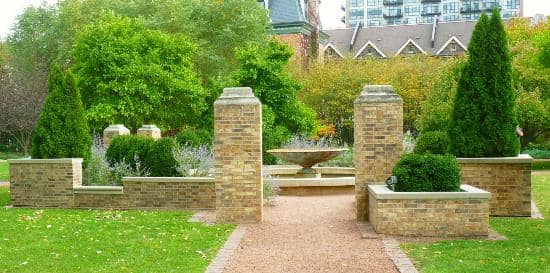
🚶♀️ Stroll Millionaires' Row
Wander down Prairie Avenue between 18th and 22nd Streets to admire the remaining historic mansions.
📸 Capture Architectural Details
Bring your camera to photograph the intricate details of the Victorian and Gilded Age architecture.
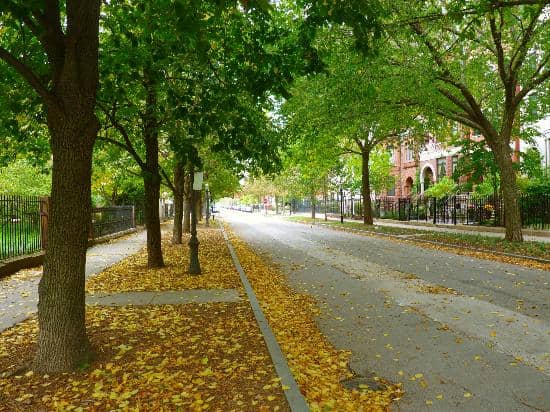
Highlights
Discover the most iconic attractions and experiences

Gilded Age Mansions
Prairie Avenue between 18th and 22nd Streets
Marvel at the remaining grand residences from Chicago's elite, showcasing stunning Victorian and Gilded Age architecture.
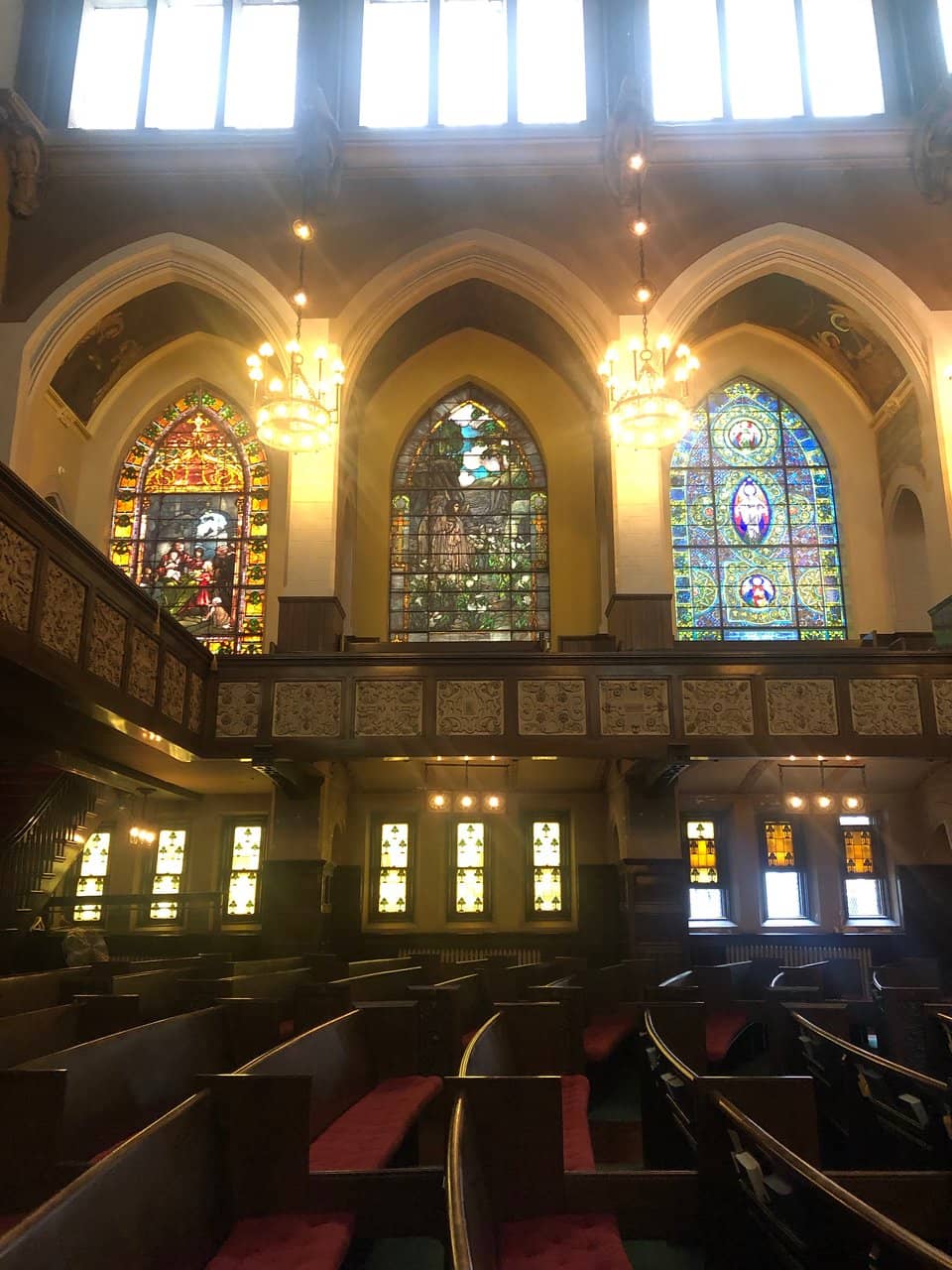
Harriet F. Rees House
Prairie Avenue
Step back in time at this beautifully preserved 1888 mansion, a testament to the architectural prowess of the era.
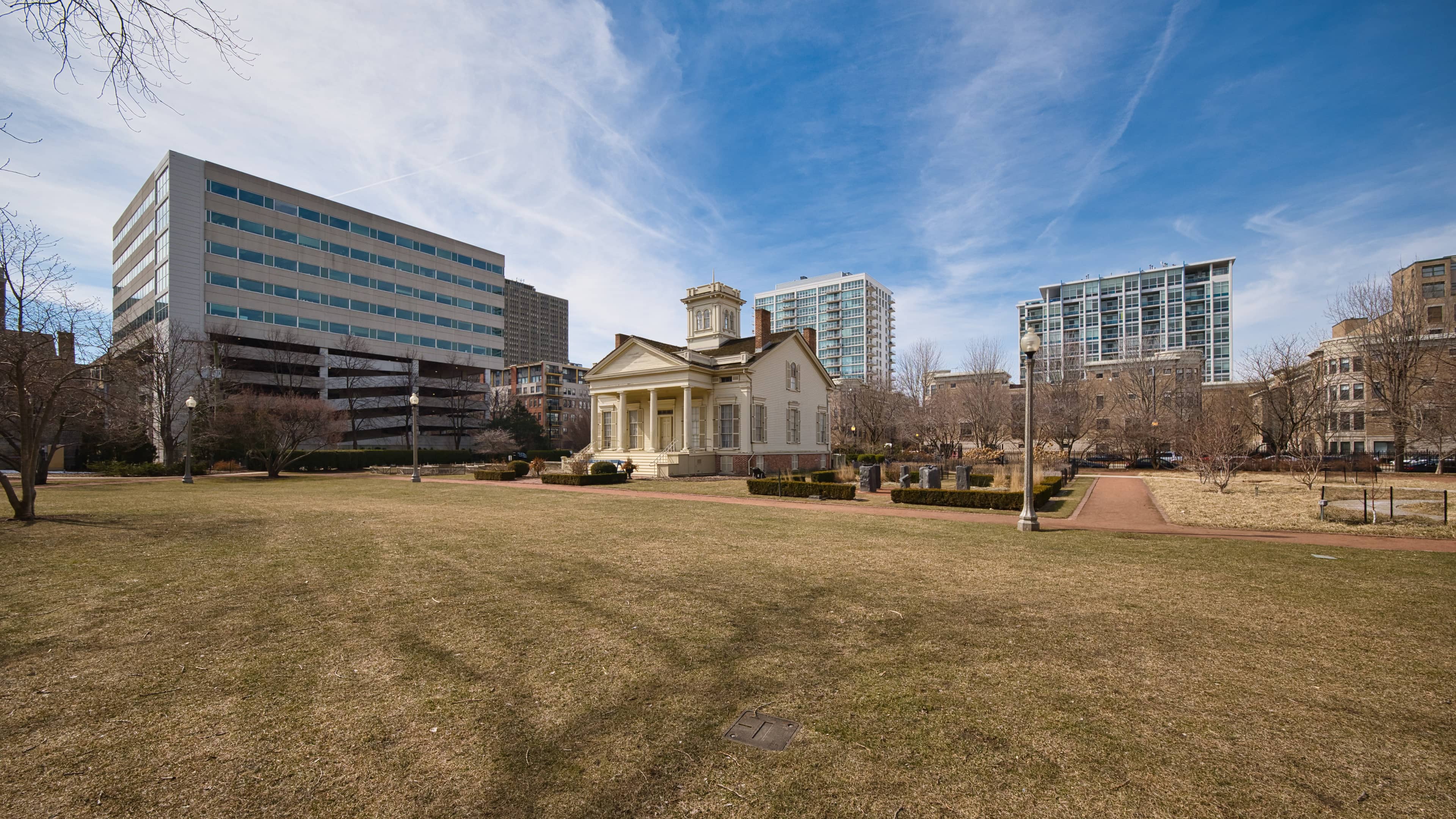
Women's Park and Gardens
1801 S. Indiana Ave.
A serene tribute to prominent Chicago women, this park offers a peaceful respite with beautiful landscaping.
Plans like a pro.
Thinks like you
Planning Your Visit
Timing Your Visit to Millionaires' Row
Understanding the Legacy
Best Times
Insider Tips
from TikTok, Instagram & Reddit
🚶♀️ Stroll Millionaires' Row
Wander down Prairie Avenue between 18th and 22nd Streets to admire the remaining historic mansions.
📸 Capture Architectural Details
Bring your camera to photograph the intricate details of the Victorian and Gilded Age architecture.
🌳 Enjoy Women's Park
Take a peaceful break at Women's Park and Gardens, a lovely tribute to Chicago's influential women.
📚 Learn Chicago History
Immerse yourself in the history of Chicago's elite and the city's post-fire development.
Tips
from all over the internet
🚶♀️ Stroll Millionaires' Row
Wander down Prairie Avenue between 18th and 22nd Streets to admire the remaining historic mansions.
📸 Capture Architectural Details
Bring your camera to photograph the intricate details of the Victorian and Gilded Age architecture.
🌳 Enjoy Women's Park
Take a peaceful break at Women's Park and Gardens, a lovely tribute to Chicago's influential women.
📚 Learn Chicago History
Immerse yourself in the history of Chicago's elite and the city's post-fire development.
What Travellers Say
Reviews Summary
Visitors are captivated by the historical significance and architectural splendor of Prairie Avenue, often referring to it as 'Millionaires' Row.' The remaining mansions evoke a sense of Chicago's opulent past. While the district is primarily an exterior viewing experience, its preserved grandeur and proximity to other South Loop attractions make it a worthwhile visit for history and architecture enthusiasts.
What People Like
What People Dislike
Frequently Asked Questions
🚇 🗺️ Getting There
The Prairie Avenue Historic District is located in Chicago's South Loop. You can reach it via public transportation, with several CTA bus routes serving the area. Driving is also an option, though parking may be limited.
Yes, the district is well-served by Chicago's public transit system. Several bus lines run along or near Prairie Avenue, making it easily accessible for visitors.
The best way to explore is on foot. Walking allows you to fully appreciate the architectural details and the historic ambiance of 'Millionaires' Row.'
While not always consistently available, special events like 'A Walk Through Time' occasionally offer guided tours that open doors to landmarked homes. Keep an eye on local event listings.
While you can walk through the district at night, the best experience for appreciating the architecture is during daylight hours.
🎫 🎫 Tickets & Entry
There is no admission fee to walk around and admire the exteriors of the historic homes in the Prairie Avenue Historic District.
Generally, you cannot go inside the private residences. However, special events like 'A Walk Through Time' may offer limited access to select homes for tours.
As a public street and historic district, it is accessible at all times. However, the best viewing is during daylight hours.
No advance booking is required for simply walking through the district. If a special home tour is announced, then tickets would likely be necessary.
Weekday mornings offer a more peaceful experience with fewer people. Weekends can be busier, especially during pleasant weather.
📸 📸 Photography
The entire stretch of Prairie Avenue between 18th and 22nd Streets is photogenic. Focus on the facades of the remaining mansions and the street's historic character.
Yes, you can take photos of the exteriors of the historic homes from the street. Please be respectful of private property.
There are no specific restrictions on general photography from public sidewalks. However, professional photography or filming may require permits.
A camera with good low-light capabilities is helpful if you plan to visit during dawn or dusk. A wide-angle lens can capture the grandeur of the mansions.
The intersection of Prairie Avenue and 18th Street offers a classic view of the historic streetscape.
🍽️ 🍽️ Food & Dining
The immediate Prairie Avenue Historic District is primarily residential and historic. However, the surrounding South Loop neighborhood offers a wide array of dining options, from casual cafes to upscale restaurants.
You'll find diverse culinary options in the South Loop, including American, Italian, Asian, and more. Many places are within walking distance or a short ride.
Yes, the South Loop has numerous cafes where you can grab a coffee and a snack while exploring the area.
Women's Park and Gardens is a great spot for a picnic. It offers a pleasant environment to relax and enjoy a meal outdoors.
While specific recommendations can change, exploring the streets around Michigan Avenue and Wabash Avenue in the South Loop will yield many choices.
For Different Travelers
Tailored advice for your travel style
👨👩👧 Families with Kids
While the homes themselves are private, the sheer scale and unique architecture can be fascinating for children. Consider making it a scavenger hunt to spot different architectural details. The nearby South Loop also offers family-friendly dining options to round out the outing.
🚶♀️ History Buffs & Architecture Enthusiasts
Researching the prominent families who lived here, like the Pullmans and Fields, can add another layer to your visit. Look for any special tours or events that might offer interior access to these historic residences, as these are rare opportunities.
📸 Photographers
Experiment with different angles and focal lengths to highlight the intricate details. The Women's Park and Gardens also provides a more serene, green setting for photography, offering a contrast to the imposing architecture. Consider visiting during the 'golden hour' for the most dramatic lighting.
Deep Dives
In-depth insights and expert knowledge
The Rise and Fall of 'Millionaires' Row'
However, the street's dominance as a residential enclave was relatively short-lived. By the early 20th century, many of these grand homes were either demolished or converted into other uses as the city's focus shifted. Despite the loss of many original structures, the Prairie Avenue Historic District was designated a Chicago Landmark in 1979 and added to the National Register of Historic Places in 1972, preserving the memory of its illustrious past.
Today, visitors can still walk along Prairie Avenue and imagine the grandeur that once existed. The remaining mansions, though fewer in number, stand as powerful reminders of Chicago's architectural heritage and the ambitions of its most prominent citizens. The district offers a tangible connection to a pivotal period in the city's development.
Architectural Styles of Prairie Avenue
Notable examples include the Harriet F. Rees House, built in 1888, which exemplifies the elaborate detailing and craftsmanship of the era. The district's architecture is characterized by its scale, ornate facades, and the use of high-quality materials. Even the remaining structures offer a glimpse into the opulence and design sensibilities of Chicago's most affluent period.
When exploring, pay attention to the intricate stonework, decorative cornices, and the varied rooflines that define these historic residences. The architectural diversity within the district provides a rich visual experience for anyone interested in historical buildings and urban development.
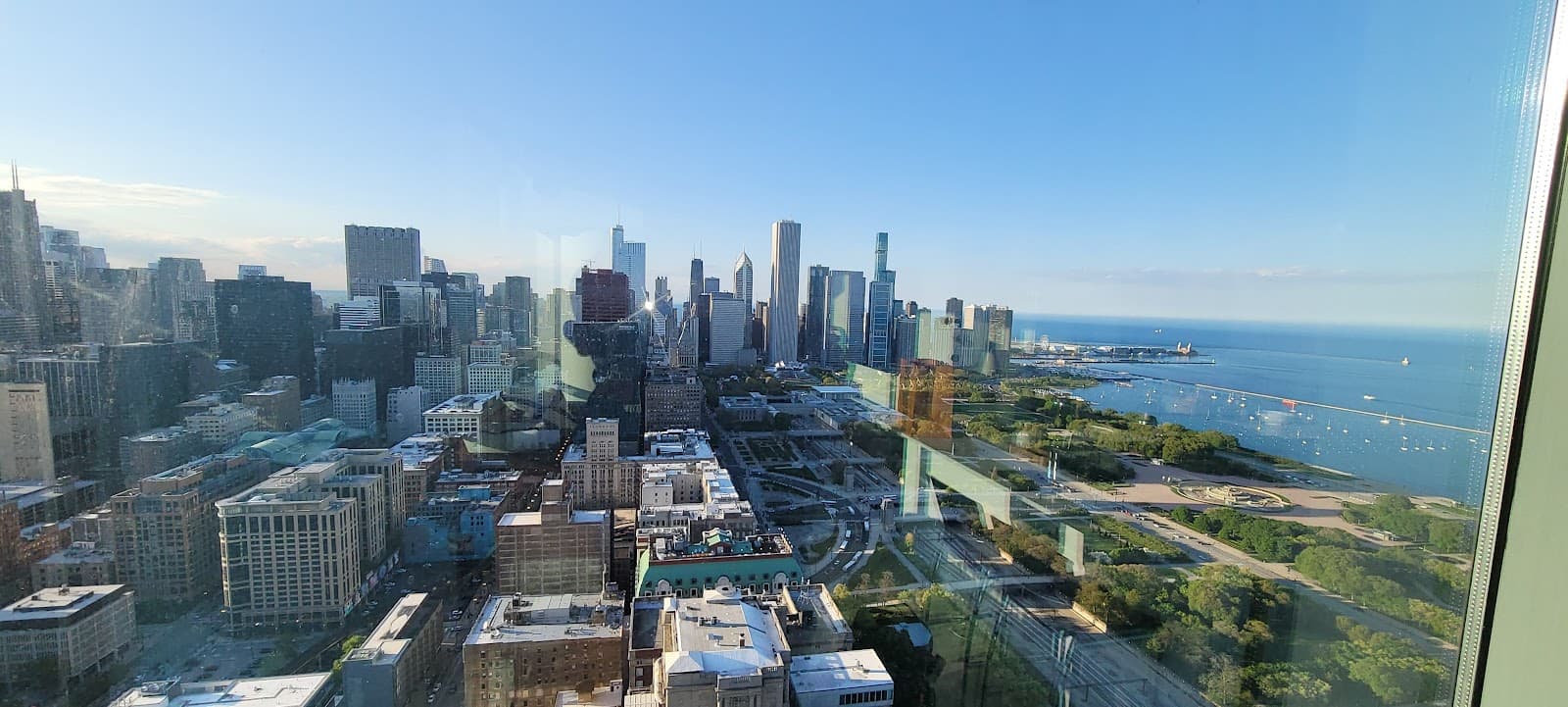





Social
from TikTok, Instagram & Reddit